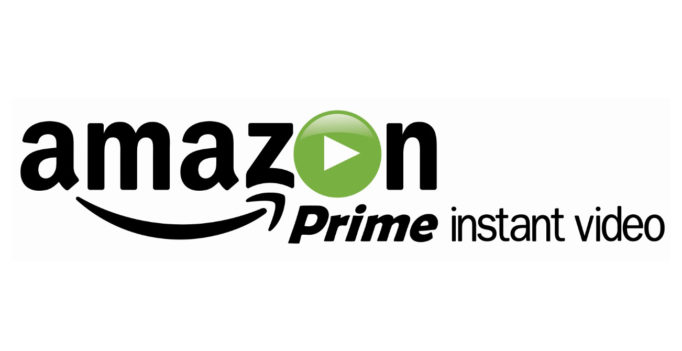Amazon launched Amazon Video Direct on Tuesday May 10, the company stated in a press release . Video Direct is a new video service that allows Amazon users to publish their videos online.
Creators can upload videos on Amazon Prime Video, which Amazon recently made its own standalone service. The videos can be made available to rent or own and creators can make subscription channels. Viewers can watch them for free with ads or ad-free with a monthly subscription to Prime for $8.99 a month. Amazon also offers the streaming service for $10.99 a month as part of its full Prime membership. The monthly Prime membership also offers the Amazon Music Library and supplies members with free, two-day shipping on their Amazon purchases.
Video Direct also allows users to earn royalties off the videos. The creators can earn royalties through net ad receipts for ad-supported videos. They can also earn from rental receipts or sale of the videos. According to Reuters, creators can earn 50 percent of the revenue from their videos.
The launch puts Amazon in more direct competition with Alphabet. Alphabet owns several competing services, including Google and YouTube. Amazon Video Direct is similar to YouTube and their subscription option, YouTube Red. Youtube also offers a free, ad-supported service that most users traditionally use. YouTube Red is a subscription option that allows users to pay $10 a month for ad free service.
Amazon has put a lot of effort into strengthening Amazon Prime Video. The service offers several original series, including the Golden Globe winning Transparent and Mozart in the Jungle. The company has also negotiated deals to stream non-original content exclusively on their services. The company recently attained the exclusive rights to stream Doctor Who in the North America.
Amazon also offers the Streaming Partners Program. The program allows users to pay to add more channels to Prime Video, such as cable channels Starz and Showtime. Prime Video has also boosted full Prime subscriptions, which, according to CNET, grew 47 percent last year.
